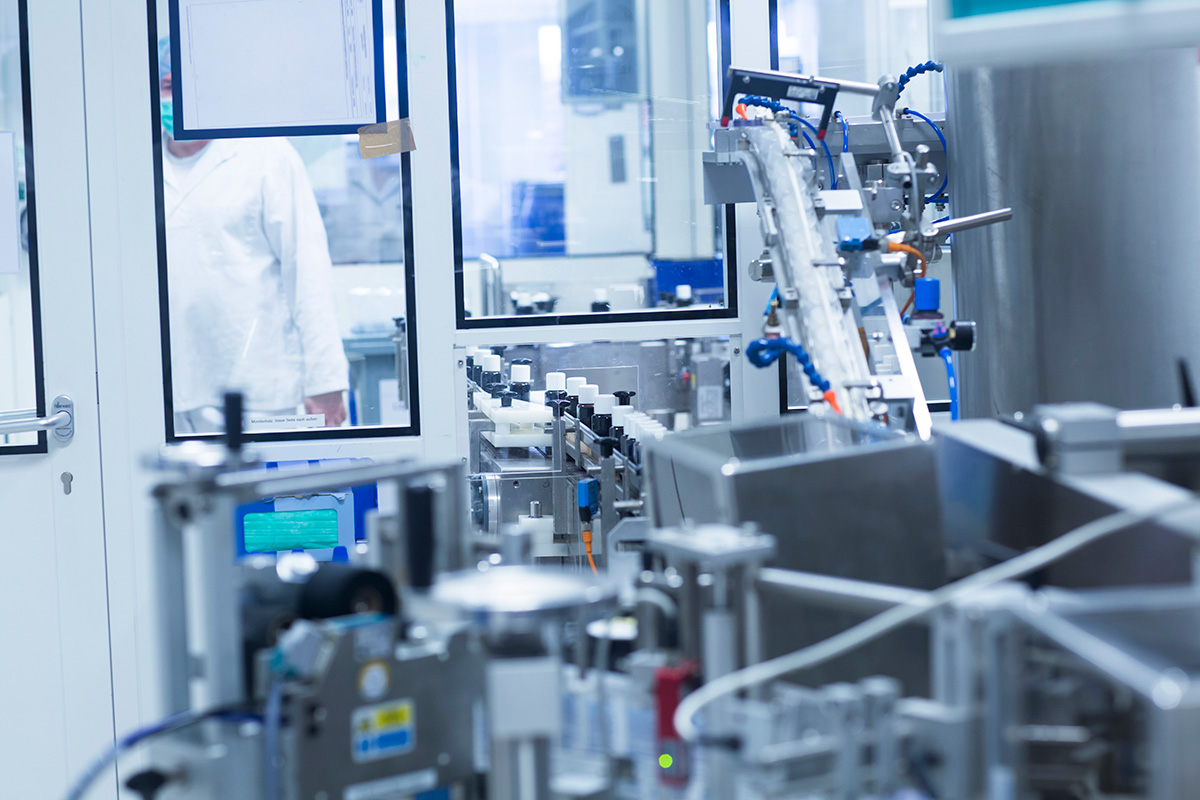Top 5 Trends in Industrial Automation for 2025

In 2025, industrial automation isn’t just about replacing manual work – it’s transforming how factories, process plants, and buildings operate. Here are five big trends shaping automation this year, especially for companies focused on pneumatics, instrumentation, machine vision, and fluid-flow engineering:
1. AI-Powered Predictive Maintenance & Advanced Analytics
Rather than waiting for machines to break, manufacturers are using sensors, data analytics, and AI/ML models to predict failures before they happen. This means fewer surprises, less unplanned downtime, and lower maintenance costs.
Why this matters:
-
Helps stretch the lifespan of expensive instrumentation and pneumatic components.
-
Better scheduling of maintenance means machines are available when they’re needed.
-
Data from past behaviour can feed into continuous improvement programs.
2. IIoT, Edge & Cloud Computing for Real-Time Connectivity
The Industrial Internet of Things (IIoT) continues to grow. Devices, sensors, machines are more connected than ever. Coupled with edge computing and cloud platforms, this allows real-time data flow, remote monitoring, and quicker reaction times.
Why this matters:
-
More visibility into production, enabling you to spot issues early (e.g. fluid flow anomalies, pneumatic leaks).
-
Reduced latency when decisions need to happen on the factory floor or in process control.
-
Easier to scale and integrate systems across multiple plants or sites.
3. Collaborative Robotics (Cobots) & Flexible Automation
Cobots – robots that can work safely alongside humans and they are getting more and more capable. They’re being adopted even in smaller operations for tasks like assembly, inspection, part handling. Also, the demand is for flexible automation setups that can switch tasks or produce varied parts without huge retooling.
Why this matters:
-
For work-holding, machine vision, and clamping, flexibility means less changeover time and more efficient use of capital.
-
Improves safety by taking over repetitive or hazardous tasks, freeing up human workers for monitoring, quality, or more skilled tasks.
4. Digital Twins & Simulation
Digital twin technology – creating virtual replicas of machines, production lines, or even whole plants is gaining traction like they never before. By simulating behaviour under different conditions (load, temperature, flow, vibration), companies can optimise design, test changes, and avoid costly mistakes.
Why this matters:
-
Helps with designing better work-holding/clamping systems by simulating forces, mountings, vibration, etc.
-
Can assist in fluid flow engineering by modeling flows, pressure drops, turbulence before physical implementation.
-
Supports faster commissioning and reduces risk of rework.
5. Sustainability & Energy Efficiency
However, there’s growing pressure – from regulation, customer demand, cost of energy in order to make automation more energy efficient and sustainable. That could be more efficient motors, lower leak rates in pneumatic systems, energy recovery, optimized fluid flow designs, or better thermal management.
Why this matters:
-
Lower electricity or compressed air consumption directly saves costs.
-
Using “greener” materials and processes improves brand reputation and may help with compliance or incentives.
-
In many places, governments are pushing for more sustainable manufacturing and offering grants, rebates or support. In Malaysia for example, policies & incentives for Industry 4.0 / digitalization include sustainability dimensions.
Final Thoughts
These trends are not separate – they reinforce each other. For example, integrating IIoT sensors enables predictive maintenance and more sustainable operations. Cobots and digital twins help reduce changeover times, support more flexible production, and improve work safety.
For companies like PPTechnologies, there are real opportunities to help customers in Malaysia, Singapore, and SEA leverage these trends:
-
Providing sensors & instrumentation for predictive maintenance
-
Supplying machine vision + AI solutions
-
Designing clamping, work-holding and pneumatic systems that are energy efficient and flexible
-
Implementing digital twin simulations before physical installations
Want to see how your operation can adapt these trends? Contact our Product Specialists today at sales@processpneumatics.com to explore automation solutions tailored to your business.



